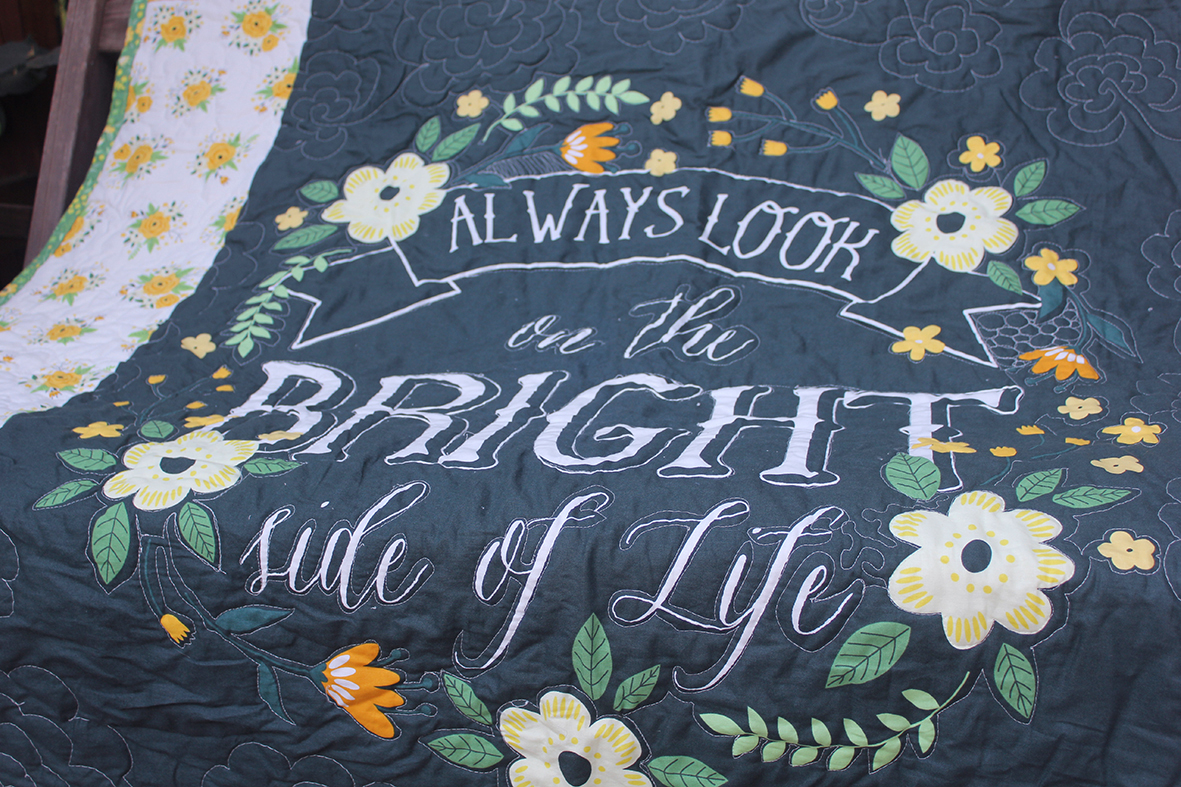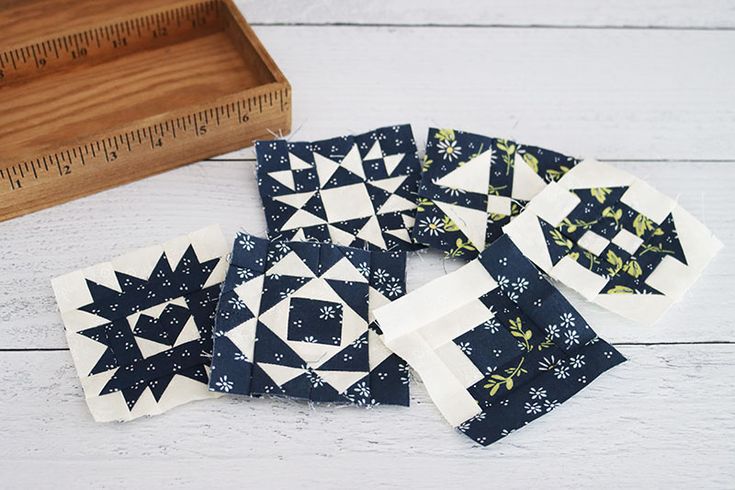
A quilting documentary can be a great way to learn more about the history of the craft and the artists who make it. Here are a few examples from documentary films on quilting. These include "Stitched", "While I Yet Live", and "Common Threads" or "The Quilted Conscience."
Stitched
"Stitched" explores the world of quilting, from traditional to contemporary. The film is an entertaining look into the creative process. You can be a novice or a skilled quilter. "Stitched", however, will educate and inspire. The official website has more information. You can purchase the film on DVD.
Stitched follows the lives three of the most renowned quilters in the country as they attempt to qualify for the International Quilt Festival. In addition to following their journeys, the documentary explores the changing landscape of quilting from folk art to a modern art form. Featuring interviews with Caryl Bryer Fallert-Gentry, Randall Cook and Hollis Chatelaine, this film will educate viewers on the art of quilting, as well as its evolution from a craft to a form of art.

Although it is still live,
The While I Yet Live documentary on quilting features five well-known African-Americans and their quilting history. These five women talk about their love, faith and fight for civil rights. Through their quilts, these five women tell the story about the quilting tradition as well as their love for one another.
Three trips were made to Gee's Bend by the filmmaker to document the lives and work of these women. The filmmaker combined their stories with footage from their rural community to create "While I Yet Live", a documentary of less than fifteen minutes.
Common Threads
Common Threads, which is a documentary on quilting and politics, is not one. It is more like a 90-minute wake. The stories of five people, each a unique person with a life story, weave together to create a stunning quilt that covers 14 acres. Vito Russo's moving performance and Bobby McFerrin's haunting score are some of the highlights.
A quilt is an important symbol for hope and resilience. This documentary looks at the NAMES Project AIDS Memorial Quilt, which was created to honor the victims of the epidemic. It also explores the misinformation and stigma surrounding AIDS, and the efforts to combat it. Common Threads, which uses interviews and archival footage of people who have been affected or are currently living with AIDS, explores their lives.

The Quilted Conscience
The "The Quilted Conscience", documentary is a film that focuses on the effects of social justice, and the importance unity. The documentary follows the stories of 16 Sudanese American teenagers who fled from genocide in Sudan. All 16 girls are Grand Island Public Schools students. The film was created by artist Peggie Hartwell. Hartwell helped them tell their stories through quilting.
The premiere of the film on NET Television was in June 2013, coincident with World Refugee Day. It has since been screened across the U.S. and was eventually accepted for distribution at the National Educational Television Association. It has been shown in the United States 311 times, in 64 markets and 27 states. The film continues to be distributed nationally by NETA.
FAQ
Is it possible that you can make a lot of money from your hobby?
Not necessarily.
But if your passion is to start a business, you might be able to make a lot of money.
Let's take, for example, that you love cooking. You love healthy food so you open a new restaurant.
Customers are charged a small fee for organic food made from scratch.
You grow your clientele and eventually you hire employees who can work with you.
You can eventually expand your menu to include vegan and gluten-free dishes.
In this scenario, you've created a successful business that has allowed you to live the type of lifestyle you wanted.
This doesn't mean that you have to give up your job.
You could, instead, run your restaurant while also maintaining your regular 9-5 work schedule.
Why do we need hobbies?
Hobbies can be a part of your life because they provide you with time to unwind, recharge, think creatively as well as the chance to exercise, socialize, and relax. These hobbies offer us the opportunity to learn new skills, develop valuable lifelong interests, and provide opportunities for us to do both.
Hobbies help us to find meaning and purpose in our lives.
They can be a great way of spending time without having to do anything else.
And they're fun!
If you don't have time for a hobby, then you probably don't have time for anything else either.
So take a look at all the options available to you. You might consider starting a hobby if you don't already have one.
What are some good hobbies?
The best hobbies are those that you enjoy doing for yourself. If you enjoy what you do, it will be much easier to keep going. This will give you a reason for not feeling well, or tired.
There are many hobbies that we all enjoy: gardening, painting and crafts; photography; cooking; sports and games; reading music and film-making; collecting; cycling, walking, dancing and writing; playing instruments and other musical instruments.
You might also consider volunteering at a local charity shop or animal shelter, children’s hospital, hospice, elderly home, school, community centre, church, and other places.
You might be looking for something more adventurous. Consider scuba diving and skydiving.
You can spend your time outdoors in many different ways, including spelunking, snowshoe hiking, snowshoe hiking and more. These include caving and cave tubing.
What's a hobby for children?
For kids, a hobby can be any activity that they are interested in doing as part of their everyday routine. Kids might enjoy drawing pictures, making things, painting, writing, crafting, and other activities.
Many parents worry that their kids will get into trouble when they're free to do what they want. It is not true. Your child won't get in trouble if they are safe and don't do any harm to anyone.
It's important to remember that just because they like to do something doesn't mean that they'll always choose to do it. If they are passionate about drawing but hate writing, they might choose to draw pictures over writing.
There are many types of hobbies. It's up to you to choose one that you really enjoy.
Statistics
- Almost 80% of people claim to have no hobby. (hobbylark.com)
- The intensity of the dialogue partners' bond at the end of the forty-five-minute vulnerability interaction was rated as closer than the closest relationship in the lives of 30 percent of similar students. (time.com)
- I am 100% biologically a woman (discover.hubpages.com)
- Much of this decline reflects the fact that teens are less likely to work today than in the past; among employed teens, the amount of time spent working is not much different now than it was around 2005. (pewresearch.org)
- This 100% accurate personality-analyzing hobby quiz discovers your passion based on your characteristics. (quizexpo.com)
External Links
How To
How to get started gardening
Gardening is one form of agriculture that dates back to the beginning. You need patience, perseverance, and determination. It is important to choose the right location for your garden. This could be a large plot of land or even just a small area in your backyard. Next, decide what type of plants you want to grow. Are you more fond of flowers or vegetables? Some people are passionate about growing herbs, while others like raising livestock like rabbits. Before you decide on what type of crops to plant you need to take into consideration how much space you have. If you live in a climate that experiences cold winters, then you might decide to grow fruits or berries as they do well in colder climates.
Once you have made your choice, it is time to prepare the soil. Soil is essential in determining whether your plants will thrive or fail. The soil should be rich in organic matter to provide nutrients for your plants' roots. Organic matter includes things like leaves, twigs, grass clippings, manure, and compost. Once your soil is prepared, it's time to add nutrients. You may need different amounts depending on what type of plants you are trying to grow. An online fertilizer calculator can help you calculate these values. There are many fertilizers on the market, so ensure you understand what you are buying.
After preparing your soil and adding the proper nutrients, you now need to wait until your seeds germinate. This process usually takes anywhere from 2 weeks to 3 months, depending on the weather and the temperature in your area. Once the seeds have sprouted you will need to water them often. You can endanger your plants if you water them too often or too little. Overwatering can cause problems. Overwatering could lead to root rot as well as fungal diseases. Remember that plants need less water in the summer than they do in the winter. Keep in mind that certain plants may need to be dried after being watered. Tomatoes, for example, need to be kept moist but not too wet. They are not happy to be in soggy soil. After plants finish flowering, they need to go dormant. Dormancy occurs when plants stop producing any new growth and start to store energy for the next harvest. The plant ceases sending signals to its roots to produce food during dormancy. The plant continues to store energy during this time. If temperatures fall below freezing or the plants are not getting enough sunlight, they will die.
You may be limited in what plants you can grow if you live in an urban area. Concrete sidewalks, roads and buildings are common in urban areas. They block sunlight from reaching the ground. Concrete absorbs sunlight and blocks the soil below from receiving adequate sun exposure. Many plants are unable to survive in urban areas due to the lack of sunlight. There are still plants that thrive in urban environments. Many trees, shrubs and perennials can thrive in urban environments. In addition, many annuals can be grown indoors in containers. You can grow fresh greenery year-round in containers.
Now that you have decided where to place your garden, chosen what you will grow, and prepared your soil, you are ready to plant!